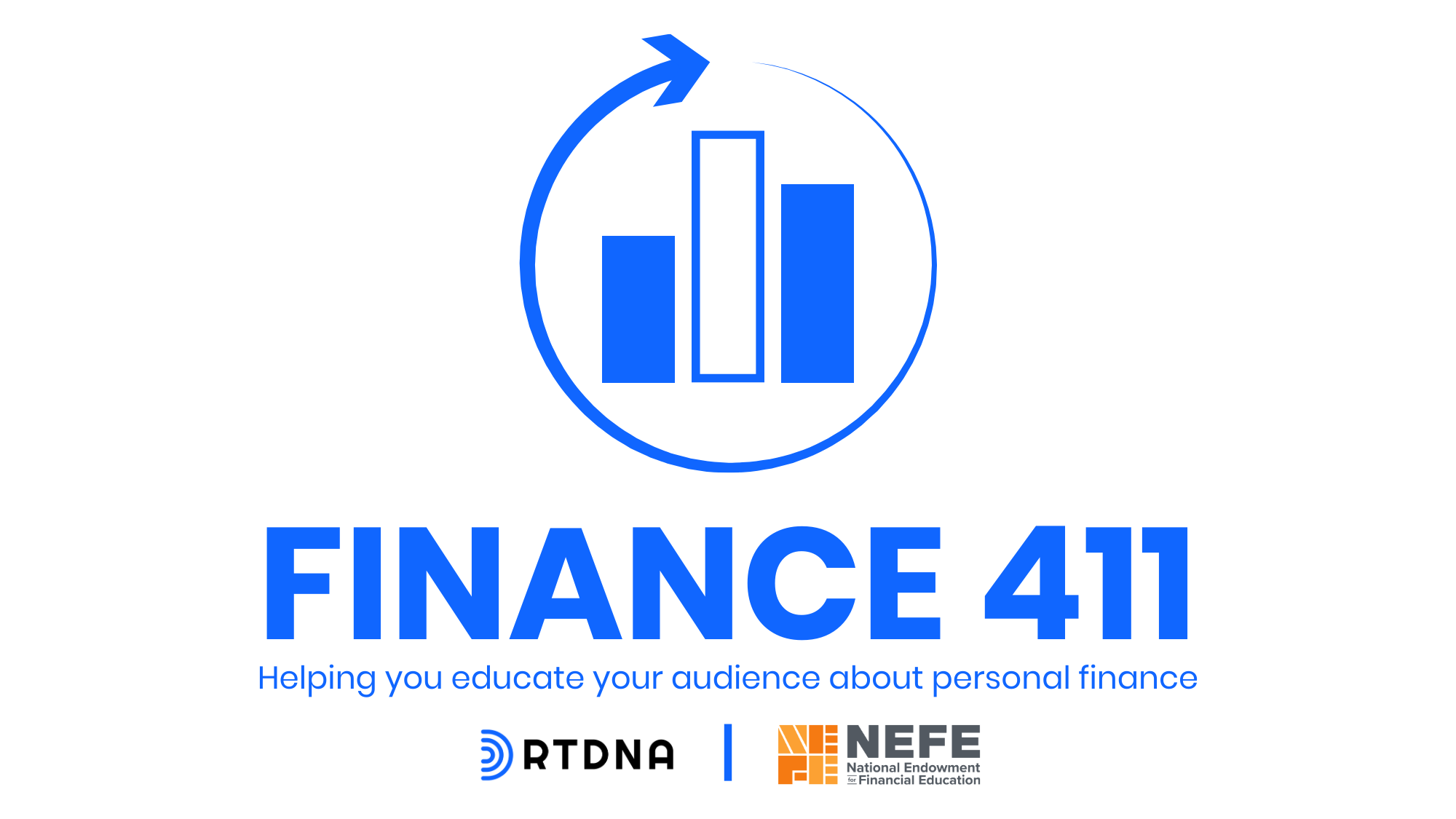Money Matters: Subprime by any other name?
 By many, though certainly not all, measures, the U.S. economy is relatively strong. The effects of the 2007-2009 recession are fading. Interest rates are edging up, a sign the Federal Reserve is less concerned about spurring growth.
By many, though certainly not all, measures, the U.S. economy is relatively strong. The effects of the 2007-2009 recession are fading. Interest rates are edging up, a sign the Federal Reserve is less concerned about spurring growth.
But with that comes a new problem, or, more accurately, the return of an old one. Subprime mortgages, which were a significant contributor to the last recession, are back, with a new name.
One California-based lender is now offering “non-prime” mortgages, and another firm has been doing so for about two years.
At a time when housing costs are soaring in many cities, your audience needs to be educated on mortgage options – and dangers.
Start by defining the terms. What were those subprime – now non-prime – mortgages?
Essentially, they’re offering borrowers with lower credit scores or existing debt higher loan amounts, lower down payments or other benefits. Here’s where graphics, props or illustrated examples come in handy. Try walking your audience through how these mortgages work by creating a scenario and explaining each step.
No bank would say “come get a non-prime loan,” so how can consumers recognize when that’s what they’re being offered? Often, it may sound like a too-good-to-be-true offer for those with “less-than-perfect” credit. Talk to a mortgage lender and to a financial advisor to get an idea of what language homebuyers might encounter when getting a mortgage. If you’ve created a borrower scenario or two, stick with it to show the next steps.
Another important angle is asking why these types of mortgages are available again.
Higher-risk borrowers are more likely to default. How do defaults affect lenders and investors in mortgage debt? What are the risks, and possible rewards? Are lenders taking any new or different steps to avoid the economic repercussions felt in the subprime mortgage crises? Investors who buy up loan debt were scared off after the housing crisis and tighter regulation, but are regaining interest in the potential rewards of buying debt.
Additionally, today’s homebuyers today have more debt than past generations, in part because of higher student loan debts, so more borrowers are “less-than-perfect" candidates for mortgages, increasing demand for higher-risk loans.
Non-prime mortgages might sound enticing, but are they a good option for borrowers? What are the risks for them? For the lenders and investors? What can borrowers who don’t have ideal credit do instead? Back to the scenarios you’re working with – try walking through alternate options and demonstrating possible outcomes.
Weekly Money Matters personal finance content for your newsroom is sponsored by the National Endowment for Financial Education. Submit your story idea.
